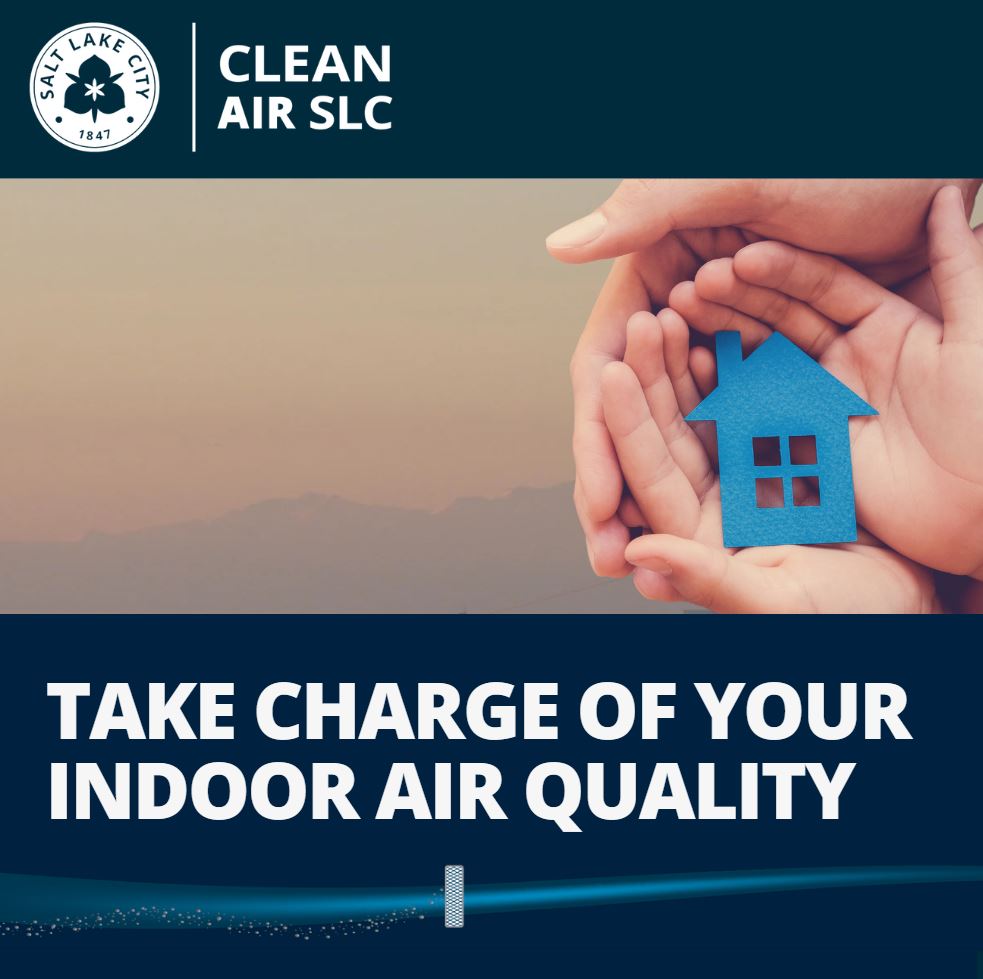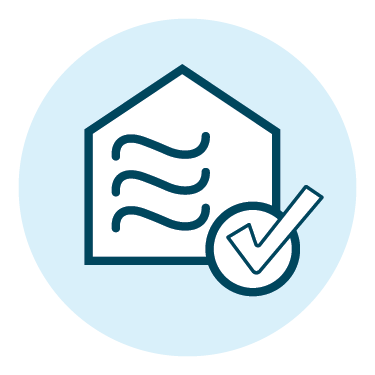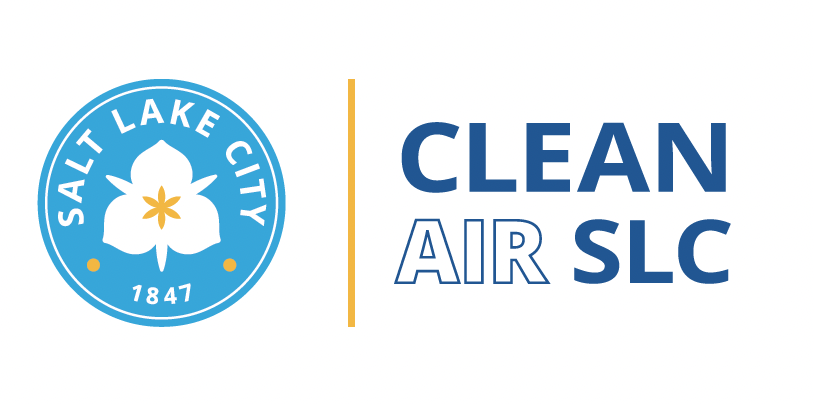
We’re excited to introduce our Indoor Air Quality Program, designed to help you create a healthier home environment. In this blog series, we’ll share tips, resources, and program updates to help you improve the air quality in your home.
Here’s what you can expect to learn more about:
✅ Understanding common sources of air pollutants in our homes.
✅ Best practices for using air purifiers, filters, and ventilation.
✅ How to access resources through our program.
This month, we will introduce why indoor air quality matters and give you best practices for air purifiers and HVAC filters, the most common types of equipment we are distributing as part of this program.
Why Clean Indoor Air Matters

Did you know that indoor air can be 2–5 times more polluted than outdoor air? And did you know we spend about 90% of our time indoors? Poor indoor air quality can contribute to allergies, asthma, and other respiratory conditions. The good news is there are easy ways to keep the air in our homes clean.
Air Purifiers:
Best Practices for Use and Maintenance
Air purifiers help remove airborne particles like dust, pollen, pet dander, and smoke in the home. This is a great option for anyone who has asthma or allergies!
💨 Run your air purifier continuously on a low setting for optimal results. (Harvard T.H. Chan School of Public Health)
📍 Place it in the room where you spend the most time, like your bedroom or living room. (American Lung Association)
🔄 Check the filter every 2–3 months and replace it as needed (EPA). You can find replacement filters for the Dyson and GermGuardian air purifiers from online retailers or directly from the manufacturers. Refer to the user manual for more details.
Furnace Filters:
Why They Matter & How to Choose the Right One
Using a high-efficiency furnace filter and replacing it regularly is one of the most effective ways to improve your indoor air quality.
✅ Look for a MERV rating of 11 or higher for furnace filters to effectively trap fine particles. Our program distributed MERV 11 filters, but many furnaces can accommodate a MERV 13 filter. To make sure, check with an HVAC specialist. (Green Building Advisor)
🔄 Replace your furnace filter every 3 months or more often if you have pets or allergies. (EPA)
Want to learn more? Visit our Indoor Air Quality Program page.
Have questions? Reach out to us at cleanairslc@slc.gov.
-The Clean Air SLC Team



